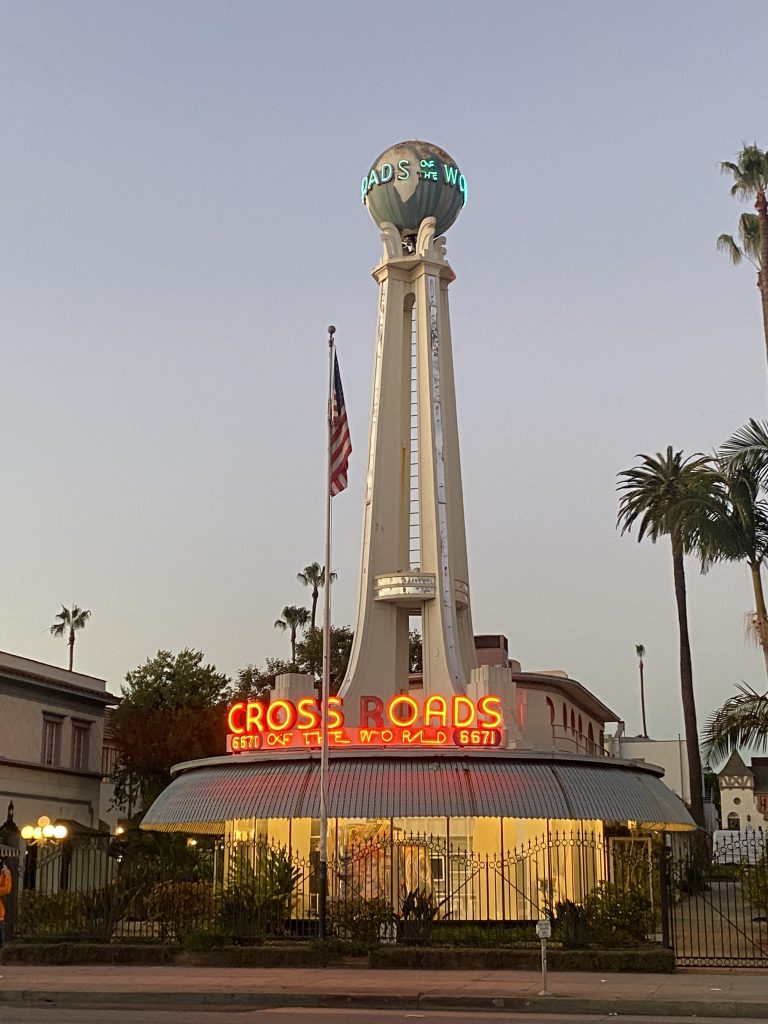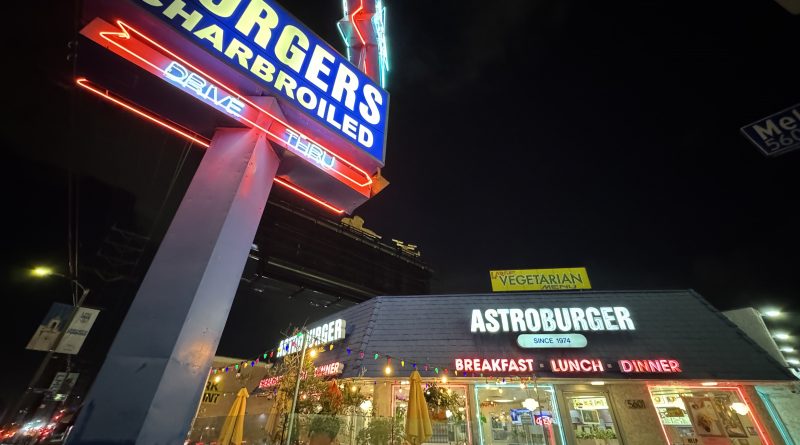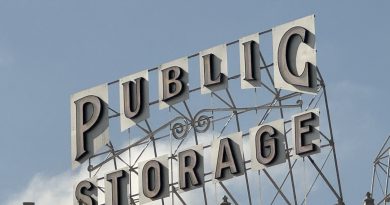LA’s Google architecture
Google is a style of futuristic architecture that emerged in Los Angeles and Southern California in the late 1940s and was popular until the early 1970s, characterized by its bold, dramatic designs inspired by car culture, the Atomic Age, and the Space Age.

Key features include upswept roofs, dramatic angles, large windows, and prominent signage to attract passing motorists. This style is commonly found in roadside establishments like diners, coffee shops, gas stations, and motels, and is often associated with mid-century modernism.

The style reflects a postwar optimism for new technologies and the space race. Designed for motorists, Buildings were often located at prominent intersections . Googie architecture was popular for everyday businesses, making good design accessible to the general public rather than being confined to high-end

The Capitol Records Building in Hollywood is an iconic example of Googie architecture, designed by architect Louis Naidorf and completed in 1956. Its distinctive cylindrical shape and stacked design resemble a stack of vinyl records, which is fitting given its purpose as a recording studio and office space for Capitol Records.
The building has a unique spire that includes a lighted “Capitol” sign, which can be seen from various parts of the city.The use of glass and concrete creates a sleek, modern look that was revolutionary at the time.The overall design reflects the optimism of the post-war era and the burgeoning music industry.
The Capitol Records Building remains a symbol of Los Angeles’s musical heritage and is often featured in films and media, showcasing the city’s connection to the music industry.
Destination: California
View: Metropolis Los Angeles




